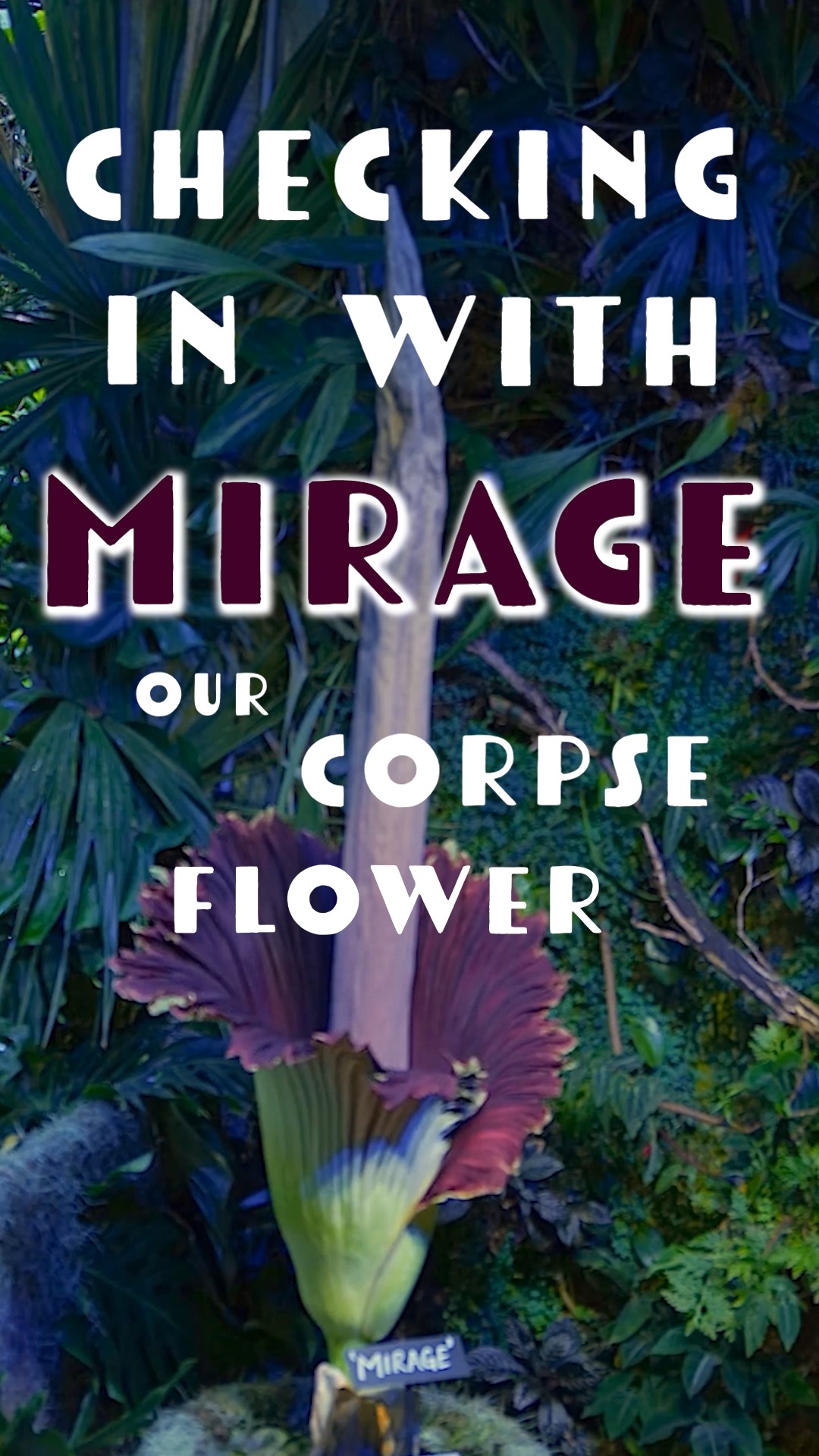- Introduction to the Corpse Flower: Characteristics and Notable Features
- Lifecycle of the Corpse Flower: From Bloom to Dormancy
- Ecological and Conservation Significance
- Cultivation Challenges and Horticultural Insights
- Engaging the Public: Education and Awareness through Botanical Gardens
The Corpse Flower, also known scientifically as Amorphophallus titanum, is renowned for its immense size and uniquely malodorous bloom. Its striking characteristics make it a captivating subject for botanical enthusiasts and conservationists alike. This incredible plant can reach up to 10 feet in height and is often termed the world’s largest flower. Despite its formidable presence, the bloom itself is short-lived, adding to its allure and mystery. But what truly sets the Corpse Flower apart is its infamous scent, often likened to rotting flesh, which is essential for attracting its natural pollinators—carrion beetles and flies.
Delving into the unique life cycle of the Corpse Flower reveals its fascinating transformation. The plant goes through a prolonged dormant phase, resembling a "wrinkly potato," before bursting into its phenomenal bloom. This dormancy can last several years as the tuber gathers energy. When conditions are right, the flower blooms dramatically, releasing its powerful odor to ensure pollination. Once pollinated, the flower collapses, and the plant returns to its dormant state, where it will remain until it has accumulated enough resources to bloom again.
The ecological significance of the Corpse Flower cannot be overstated. Native to the rainforests of Sumatra, this plant plays a vital role in its ecosystem, contributing to biodiversity and supporting a range of pollinators. However, due to habitat loss and deforestation, its natural environment is under threat. Conservation efforts have become essential to protect this unusual species, with botanical gardens worldwide striving to cultivate and maintain these plants as part of ex-situ conservation programs.
Cultivating the Corpse Flower presents significant challenges. These plants require precise conditions, including specific humidity and temperature levels, to thrive outside their natural habitat. Horticulturists must exercise great care in replicating these conditions to encourage growth and flowering. The cultivation process is labor-intensive, requiring patience and expertise to support the extensive lifecycle. Yet, the success of nurturing a blooming Corpse Flower offers valuable insights into plant physiology and ecology.
Botanical gardens play a crucial role in engaging the public with the Corpse Flower’s story. By showcasing this plant, gardens create awareness about the importance of biodiversity and conservation. The public learns not only about the plant’s biology but also about broader environmental issues. Social media, interactive exhibits, and educational programs all contribute to this effort, ensuring that the intriguing tale of the Corpse Flower reaches a wide audience.
Engaging with the story of the Corpse Flower, Mirage, offers an opportunity to reflect on the interconnectedness of ecosystems and the critical need for conservation. As we continue to observe the transformation from bloom to dormancy, we recognize the broader ecological narratives at play and the vital role humans have in preserving such magnificent species for future generations.
*****
Source Description
Remember our stunning, stinky, massive corpse flower, Mirage?! This plant might not be in bloom anymore, but we think its dormant “wrinkly potato” phase might be its cutest—and most relatable.


